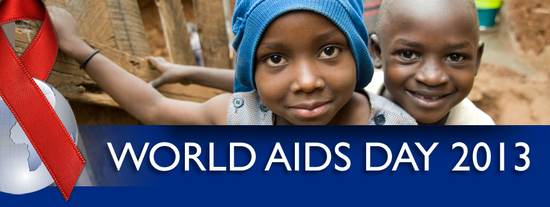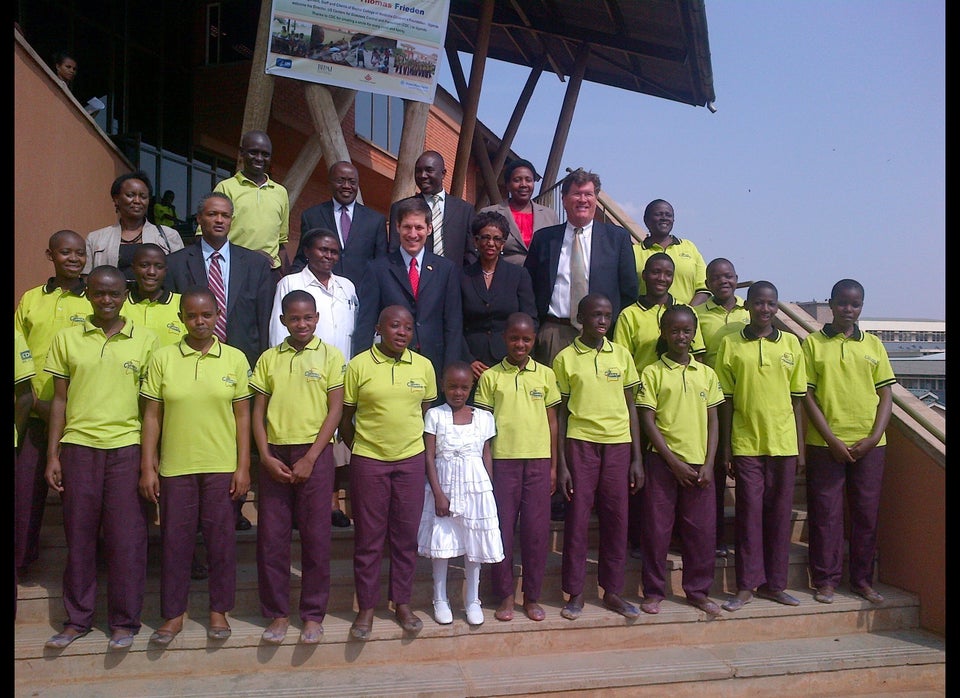As CDC Director, I've had the privilege of meeting with nurses, doctors, outreach workers, and people living with HIV in communities across the U.S. and around the world.
As an infectious disease doctor who trained in New York City before treatment for HIV was available, these meetings are always deeply moving. Together we've made enormous progress addressing the suffering and death caused by this fearsomely deadly virus.
Today is World AIDS Day, the worldwide reminder that we must all continue the fight against HIV.
This year's theme, "Shared Responsibility: Strengthening Results for an AIDS-Free Generation," reflects our global commitment to achieving President Obama's vision of an AIDS-free generation.
We've made remarkable progress since the launch of the U.S. President's Emergency Plan for AIDS Relief -- PEPFAR -- in 2003.
In June, CDC, together with our sister PEPFAR implementing agencies, achieved a dramatic milestone: the prevention of HIV infection in one million babies globally over the past ten years.
I will never forget the woman I met in Nigeria holding twin babies in her arms. She said to me, "I'm HIV positive, but my babies are HIV negative because of PEPFAR. Please thank the American people for me."
New HIV infections are declining globally and life expectancy is rebounding in many countries. Because of PEPFAR, more than 5 million HIV-positive people are working, studying, teaching, learning -- contributing to their communities -- who would otherwise be dead or dying.
More people than ever are aware of their HIV infection status, and that means more people living with HIV can take steps to stay healthy and protect their partners, including by taking antiretroviral treatment.
The heart of what CDC brings to the fight is our ability to share our science and innovation to build capacity across the globe.
From Atlanta and field offices in more than 50 countries, we work alongside our host country and international partners. We have 1,800 people working in the field, the vast majority hired from the local communities. They provide technical assistance, consultation, mentoring, and training in Asia, South America, Africa, and the Caribbean. It's a huge footprint that makes a real difference across the globe.
We're helping build systems with the essential components of public health: laboratories, surveillance systems, trained staff, and data systems that can monitor projects and programs, not only for progress, but to ensure maximum impact.
It's building capacity from the inside out.
In the United States, efforts to curb the HIV/AIDS pandemic through testing, education, prevention, care, and treatment are bolstered by new evidence that antiviral treatment greatly reduces risk of spread of HIV.
On this World AIDS Day, CDC continues to bring the best prevention and treatment tools at our disposal to the communities that need them most.
We're closer today than ever to reaching the goal of an AIDS-free generation, and that's reason to celebrate. But more importantly, it's reason to dedicate ourselves even more to scaling up what works to stop the HIV/AIDS pandemic.

